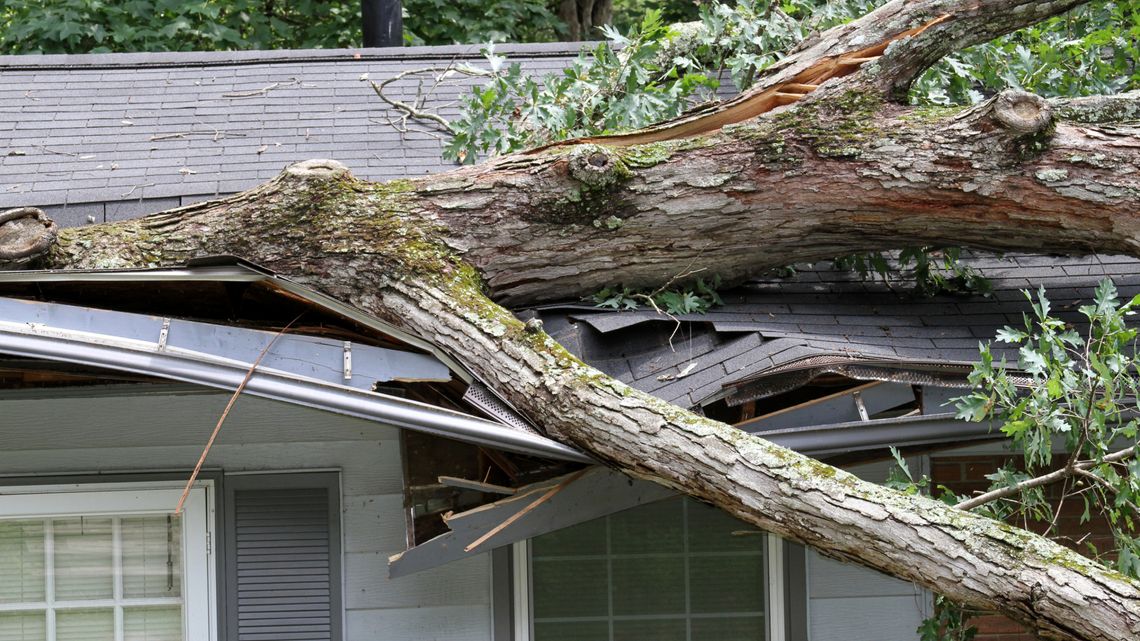When a hurricane sweeps through, leaving a path of destruction in its wake, the shock and disruption can feel overwhelming. Homes, the centers of our lives, can be turned into scenes of devastation overnight. Yet, in the aftermath of such storms, knowing the steps to take towards recovery is crucial. While specialized services, like those offered by companies experienced in storm damage restoration, play a vital role, the journey to reclaiming your space begins with you.
Immediate Steps Post-Hurricane
Ensure Safety First: Before inspecting any damage, confirm it's safe to return to your property. Follow local authorities' advice on re-entry and heed any warnings about water supply or electrical lines.
Document the Damage: As soon as it's safe, document the damage. Take extensive photos and videos for insurance purposes. This visual evidence can be critical in ensuring a fair assessment by your insurance company.
Prevent Further Damage: If possible, take preliminary steps to prevent further damage, such as covering broken windows with tarps or boarding them up. This demonstrates to insurance providers that you've made efforts to mitigate additional losses.
Engaging with Professionals
Contact Your Insurance Company: Early contact with your insurance company can streamline the recovery process. Provide them with the documentation you’ve gathered and be clear about the extent of the damage.
Hire Reputable Restoration Services: Look for experienced and reputable restoration professionals. Companies that specialize in dealing with post-hurricane damage bring expertise and resources tailored to such disasters. They can offer a comprehensive suite of services, from water extraction and mold remediation to structural repairs.
Understand the Scope of Work: When engaging with restoration experts, ensure you have a clear understanding of the planned work. Discuss timelines, expected outcomes, and any temporary solutions they might provide.
Looking Ahead
Stay Informed and Involved: Throughout the restoration process, maintain open lines of communication with your chosen professionals and insurance adjuster. Staying informed helps manage expectations and allows you to make timely decisions.
Plan for Future Preparedness: Use the experience as a learning opportunity. Discuss with restoration experts any measures that can be taken to make your home more resilient to future hurricanes. This might involve structural reinforcements or improvements in drainage and waterproofing.
Lean on Community Support: Remember, you’re not alone. Local community groups and disaster relief organizations can offer support and resources. From temporary accommodations to mental health services, tapping into these networks can ease the burdens of recovery.
Conclusion
Hurricanes test the resilience of individuals and communities alike. The road to recovery post-storm may seem daunting, but with careful steps and the right support, it is navigable. Safety, documentation, and professional assistance form the cornerstone of effective recovery strategies. Looking to the future, incorporating lessons learned into home and community preparedness can fortify against the inevitable next storm. As difficult as the journey may seem, every step taken is a stride towards reclaiming not just your property, but your sense of normalcy and security.
.png)

Comment
Comments